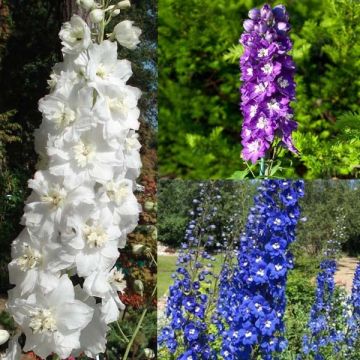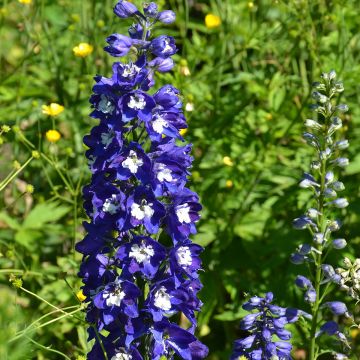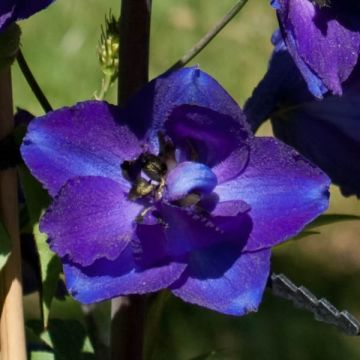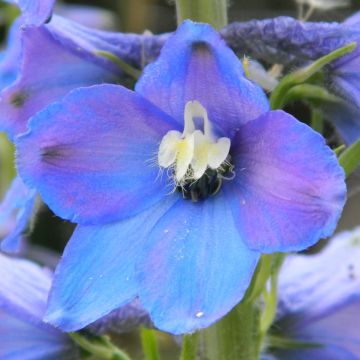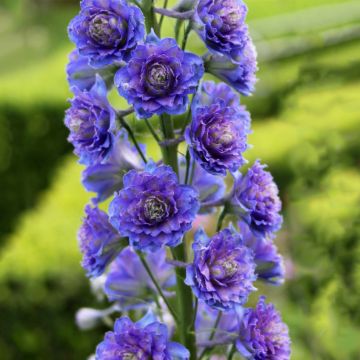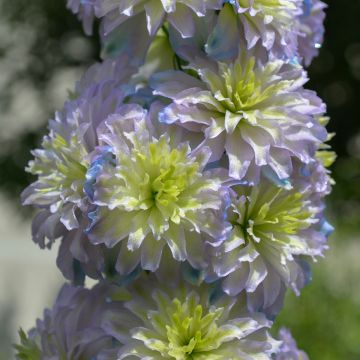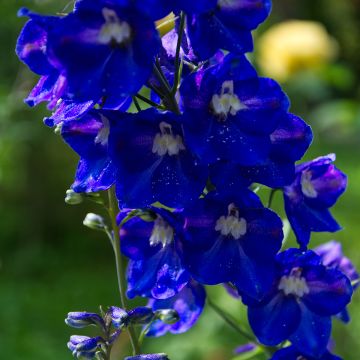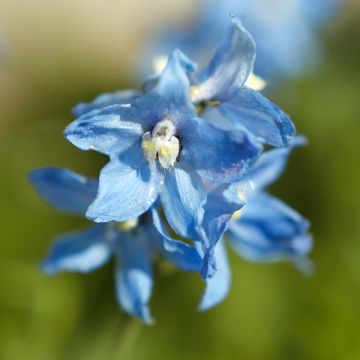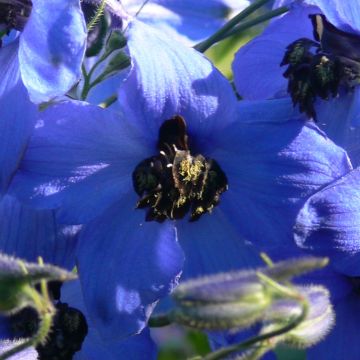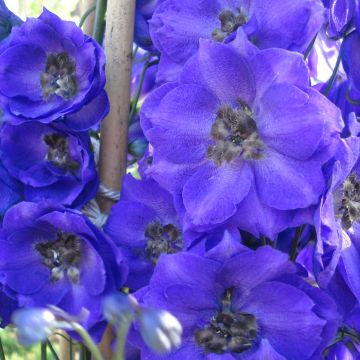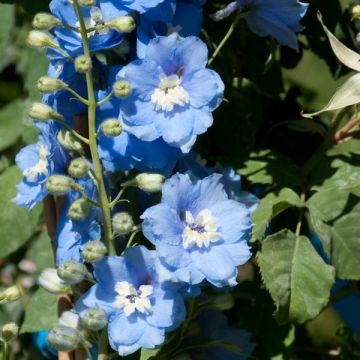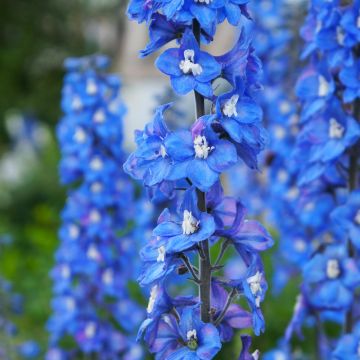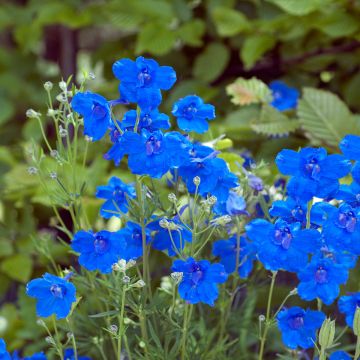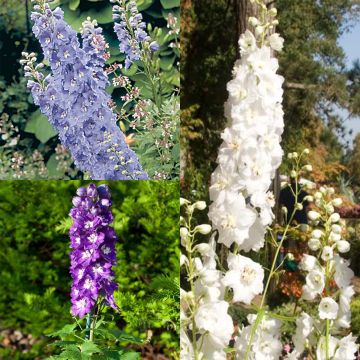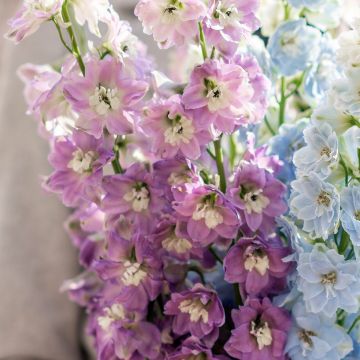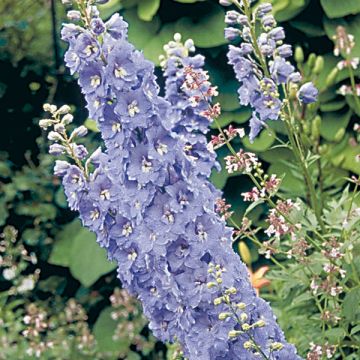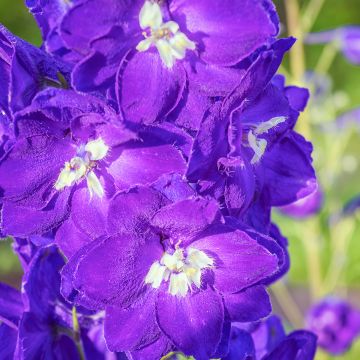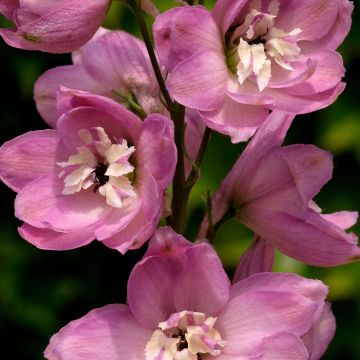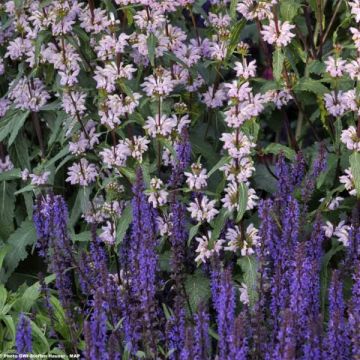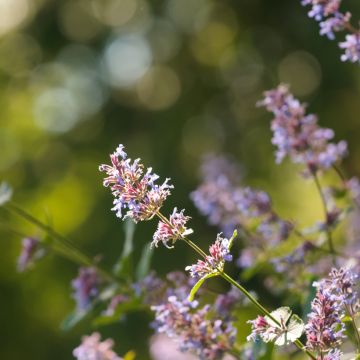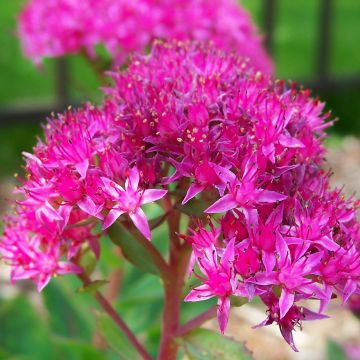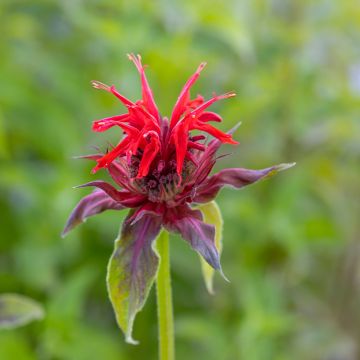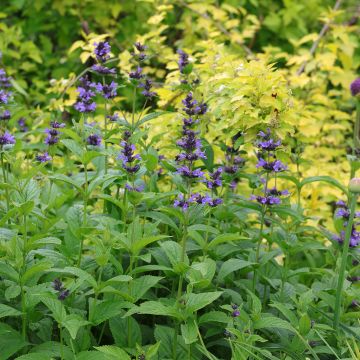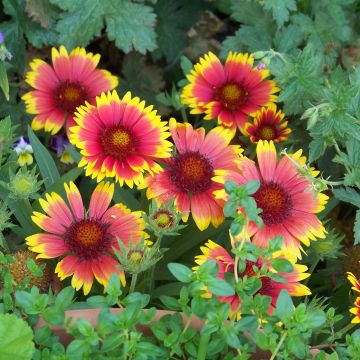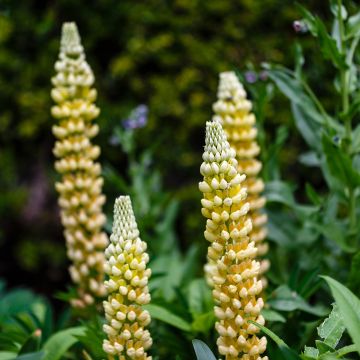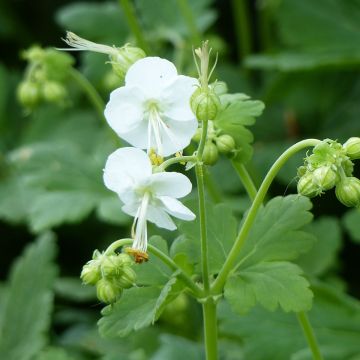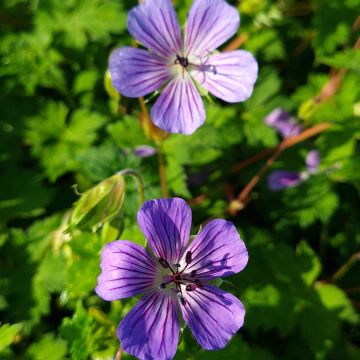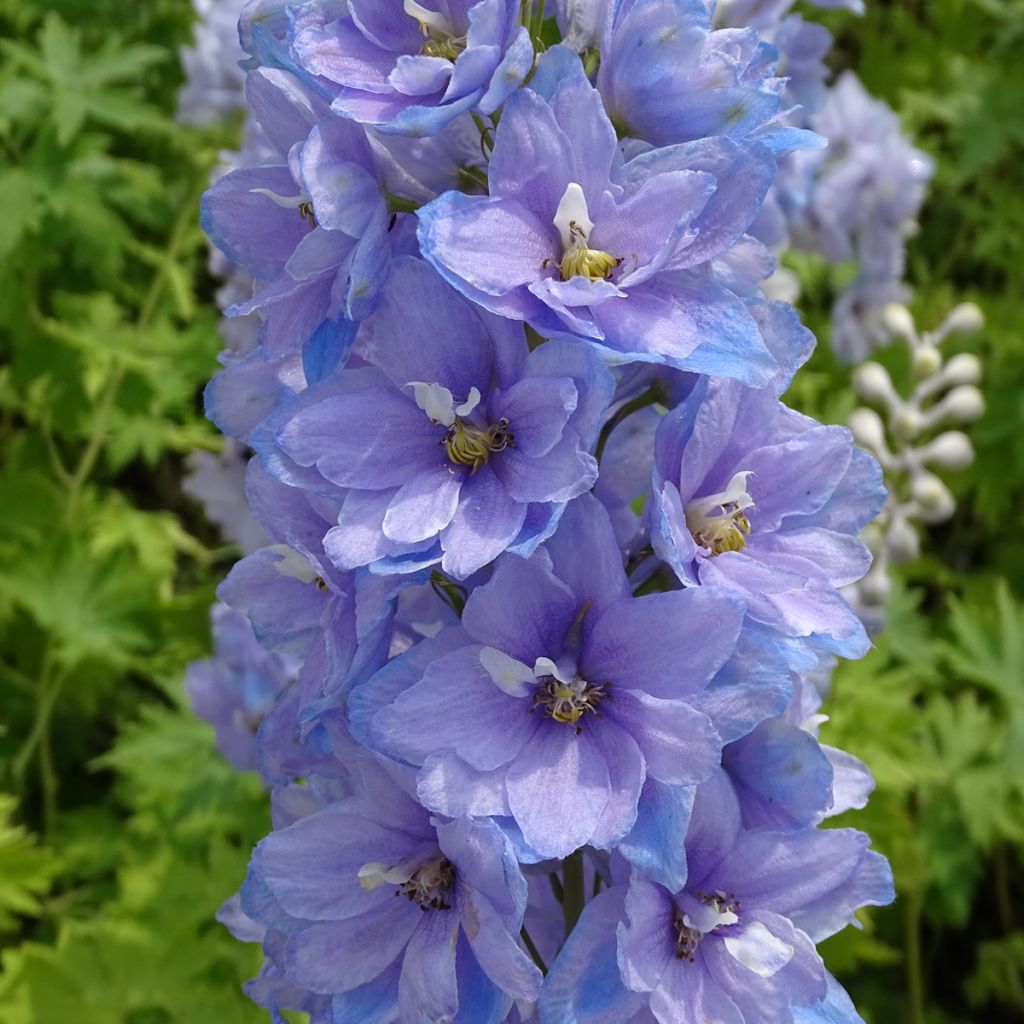

Delphinium Group Pacific-hybrid Cameliard - Larkspur
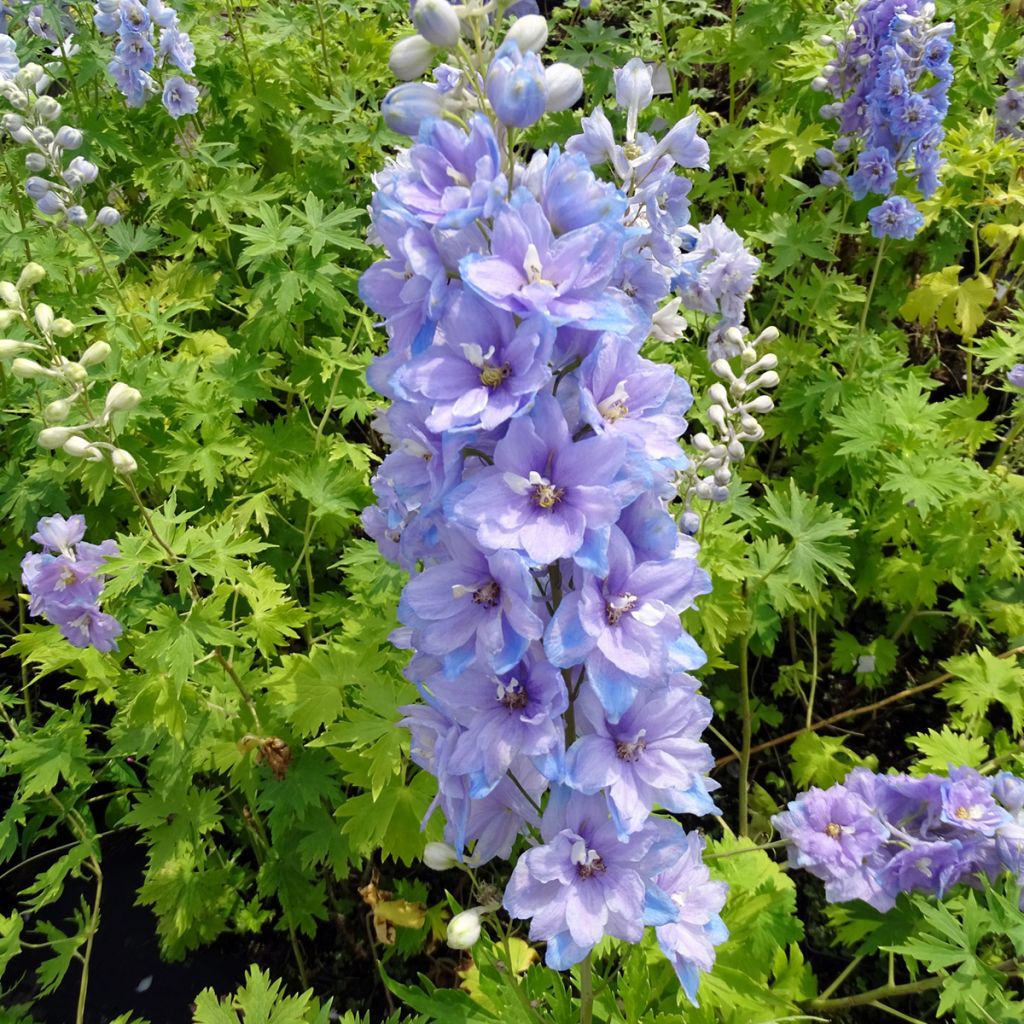

Delphinium Group Pacific-hybrid Cameliard - Larkspur
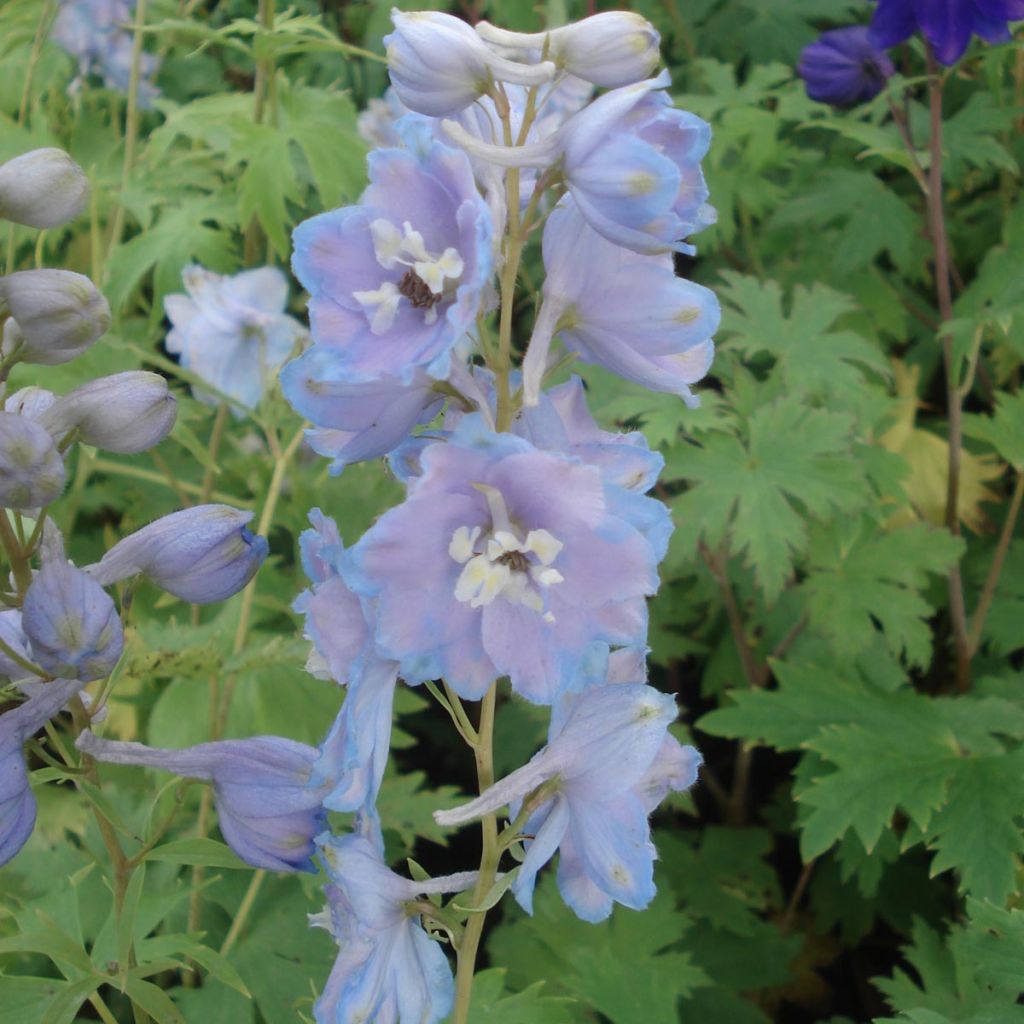

Delphinium Group Pacific-hybrid Cameliard - Larkspur
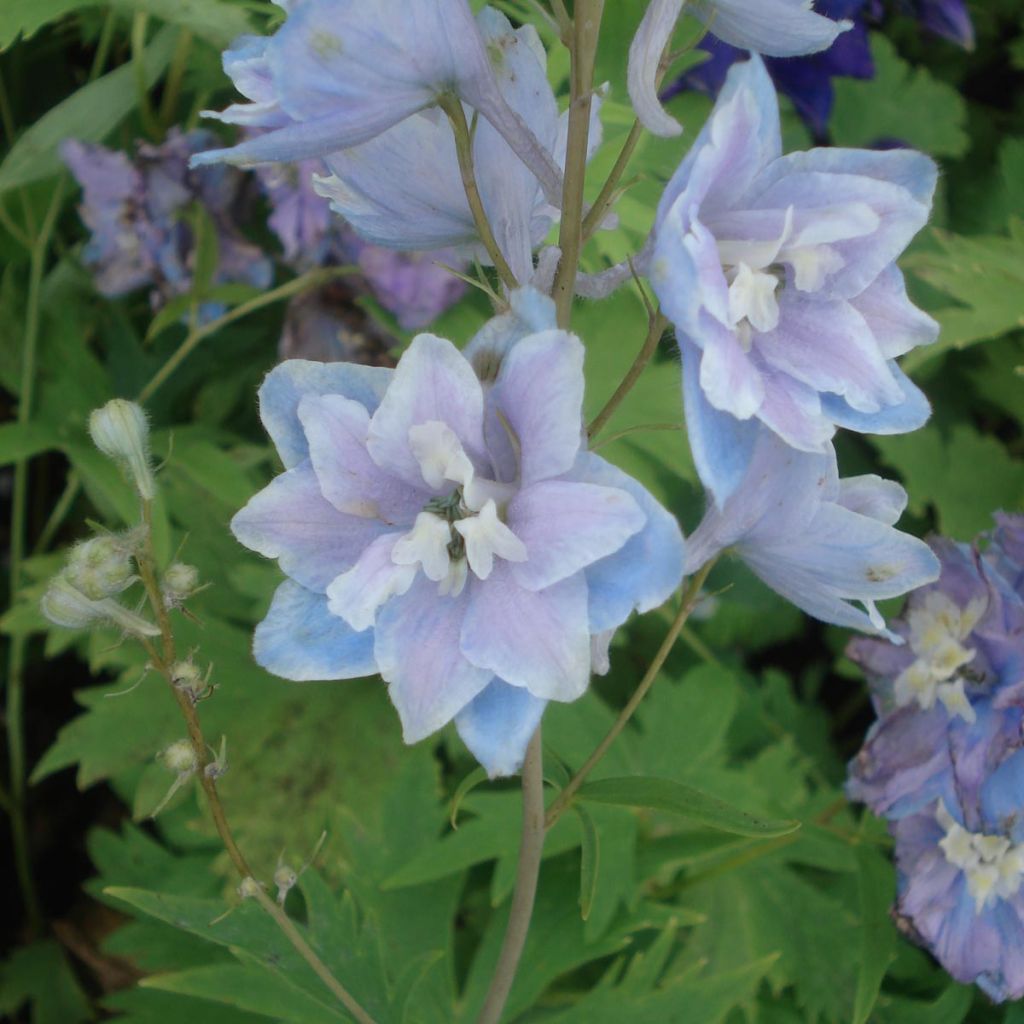

Delphinium Group Pacific-hybrid Cameliard - Larkspur
Delphinium Group Pacific-hybrid Cameliard - Larkspur
Delphinium Pacific-hybrid Cameliard
Larkspur, Perennial Larkspur
3 young plants ordered, but no branches, only 1cm (0in) of dry stem sticking out (same for all 3), I remain sceptical about their survival as the other variety I ordered was delivered in good condition.
Clémentine, 07/04/2020
Why not try an alternative variety in stock?
View all →This plant carries a 12 months recovery warranty
More information
We guarantee the quality of our plants for a full growing cycle, and will replace at our expense any plant that fails to recover under normal climatic and planting conditions.
From €5.90 for pickup delivery and €6.90 for home delivery
Express home delivery from €8.90.
Does this plant fit my garden?
Set up your Plantfit profile →
Description
Delphinium pacific giant Cameliard is a very hardy perennial herbaceous plant sought after for its bright sky-blue flowers. Standing at 1.5m (5ft) tall, it reveals large spikes of double lavender flowers with mauve highlights, and white at its centre, starting from the month of June.
The flowering of the Cameliard Larkspur, always highly noticeable in the garden, takes place in June-July. The tall stems bear clusters of 7cm (3in) diameter flowers, highly visited by butterflies, composed of 5 lanceolate and pointed petals, slightly curled, arranged in a corolla. One of the petals has an upright and incurved spur. The flowers have a satin-like appearance that breaks down their lavender blue colour into mauve and deeper blue highlights, contrasting delightfully with a bouquet of white stamens called "fly".
Delphinium pacific giant Cameliard comes from a woody rhizome that vertically sinks into the soil. An elegant plant with a robust tapered silhouette, it forms a basal clump of deciduous foliage, from which numerous flowering stems emerge in summer. The foliage is lobed and palmate (hence the name Larkspur), acid-green, and the leaves have long petioles. This perennial does not have a very long lifespan and is often grown as a biennial.
The Cameliard Larkspur belongs to the Ranunculaceae family. It is a hybrid belonging to the Pacific series obtained in California, mainly from the Delphinium elatum species. The latter includes most of the large delphiniums with tightly packed flowers on generally unbranched tall flower stems. These varieties flower from summer to autumn, provided that the flowering stems are cut as they fade, and they make excellent cut flowers.
The height of the tall Larkspurs can add structure and balance to the garden. When planted individually, they will add volume and lightness against a dark background of hedges or conifers. They will appreciate a sunny position sheltered from strong winds in deep and humus-rich soil, remaining moist even in summer. You can mix them with other pink and blue delphiniums and combine them with Globemaster alliums to play with contrasting shapes, as well as perennial geraniums or baby's breath for a touch of lightness. They will integrate equally well into an ordered and geometric flowerbed or a country-style garden. If you want to limit staking, which is necessary but not always aesthetically pleasing, you can lean your delphiniums against shrubs (deutzias, lilacs, abelias...), a wall, or a hedge at the back of the flowerbed.
Note: From March to September, the stems of our delphiniums are pruned short to promote better branching of the stump and achieve optimal rooting. This pruning also prevents the stems from breaking during transport.
Report an error about the product description
Delphinium Group Pacific-hybrid Cameliard - Larkspur in pictures
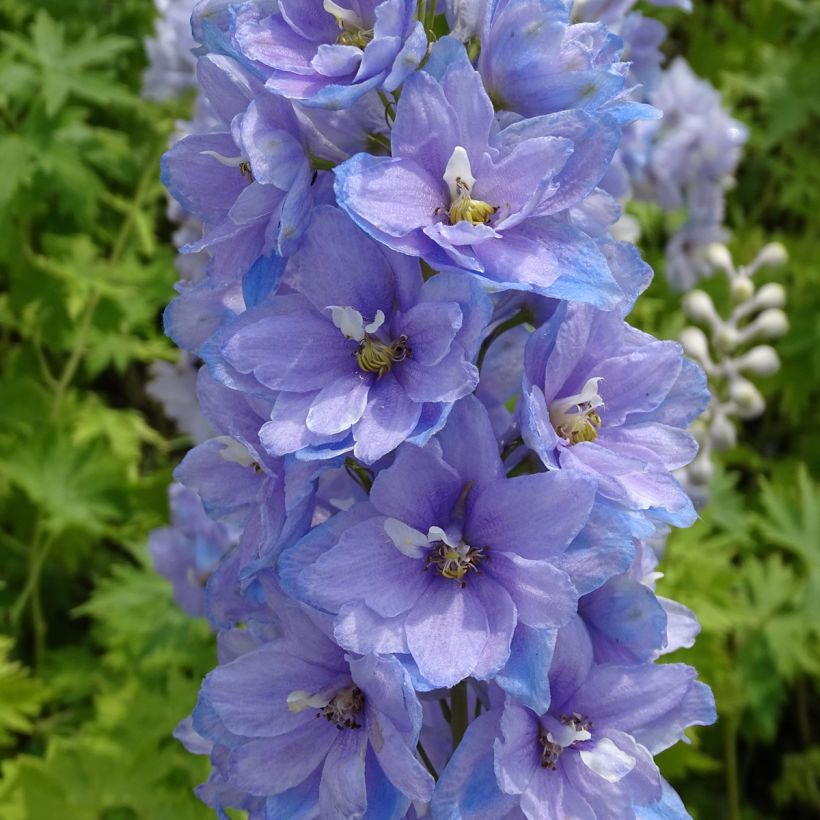

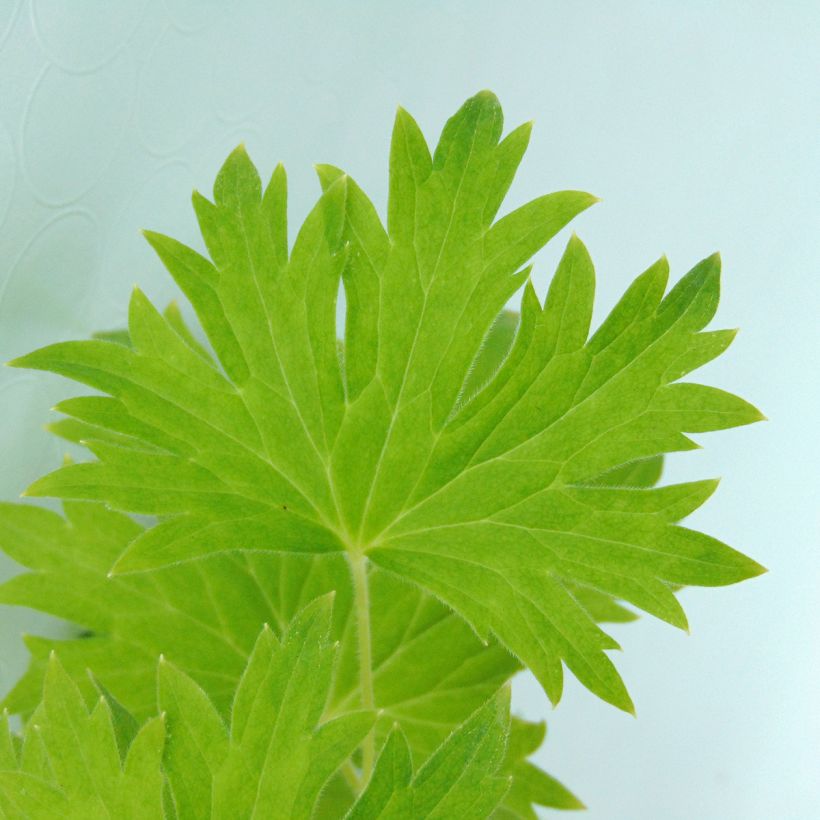

Flowering
Foliage
Plant habit
Safety measures
Botanical data
Delphinium
Pacific-hybrid
Cameliard
Ranunculaceae
Larkspur, Perennial Larkspur
Cultivar or hybrid
ingestion
Cette plante est toxique si elle est ingérée volontairement ou involontairement.
Ne la plantez pas là où de jeunes enfants peuvent évoluer, et lavez-vous les mains après l'avoir manipulée.
Pensez à conserver l'étiquette de la plante, à la photographier ou à noter son nom, afin de faciliter le travail des professionnels de santé.
Davantage d'informations sur https://plantes-risque.info
Other Delphinium - Larkspur
Planting and care
Without being very difficult, their cultivation still requires some precautions: delphiniums dislike heavy and damp soils, as well as dry and poor soils. The soil that suits them is a good black soil, rich in humus, not compact, moist, even in summer but not excessively in winter, and sheltered from strong winds. To prolong flowering, remove faded stems and provide additional fertilization. It is essential to support their growth, either by using sturdy stakes deeply planted in the soil near the young plant or by placing the plant near a natural support (hedge, wall, fence...). Also beware of slugs that can cause damage at the beginning of growth, and take preventive measures.
Planting period
Intended location
Care
-
, onOrder confirmed
Reply from on Promesse de fleurs
Fast maturing perennials
Haven't found what you were looking for?
Hardiness is the lowest winter temperature a plant can endure without suffering serious damage or even dying. However, hardiness is affected by location (a sheltered area, such as a patio), protection (winter cover) and soil type (hardiness is improved by well-drained soil).

Photo Sharing Terms & Conditions
In order to encourage gardeners to interact and share their experiences, Promesse de fleurs offers various media enabling content to be uploaded onto its Site - in particular via the ‘Photo sharing’ module.
The User agrees to refrain from:
- Posting any content that is illegal, prejudicial, insulting, racist, inciteful to hatred, revisionist, contrary to public decency, that infringes on privacy or on the privacy rights of third parties, in particular the publicity rights of persons and goods, intellectual property rights, or the right to privacy.
- Submitting content on behalf of a third party;
- Impersonate the identity of a third party and/or publish any personal information about a third party;
In general, the User undertakes to refrain from any unethical behaviour.
All Content (in particular text, comments, files, images, photos, videos, creative works, etc.), which may be subject to property or intellectual property rights, image or other private rights, shall remain the property of the User, subject to the limited rights granted by the terms of the licence granted by Promesse de fleurs as stated below. Users are at liberty to publish or not to publish such Content on the Site, notably via the ‘Photo Sharing’ facility, and accept that this Content shall be made public and freely accessible, notably on the Internet.
Users further acknowledge, undertake to have ,and guarantee that they hold all necessary rights and permissions to publish such material on the Site, in particular with regard to the legislation in force pertaining to any privacy, property, intellectual property, image, or contractual rights, or rights of any other nature. By publishing such Content on the Site, Users acknowledge accepting full liability as publishers of the Content within the meaning of the law, and grant Promesse de fleurs, free of charge, an inclusive, worldwide licence for the said Content for the entire duration of its publication, including all reproduction, representation, up/downloading, displaying, performing, transmission, and storage rights.
Users also grant permission for their name to be linked to the Content and accept that this link may not always be made available.
By engaging in posting material, Users consent to their Content becoming automatically accessible on the Internet, in particular on other sites and/or blogs and/or web pages of the Promesse de fleurs site, including in particular social pages and the Promesse de fleurs catalogue.
Users may secure the removal of entrusted content free of charge by issuing a simple request via our contact form.
The flowering period indicated on our website applies to countries and regions located in USDA zone 8 (France, the United Kingdom, Ireland, the Netherlands, etc.)
It will vary according to where you live:
- In zones 9 to 10 (Italy, Spain, Greece, etc.), flowering will occur about 2 to 4 weeks earlier.
- In zones 6 to 7 (Germany, Poland, Slovenia, and lower mountainous regions), flowering will be delayed by 2 to 3 weeks.
- In zone 5 (Central Europe, Scandinavia), blooming will be delayed by 3 to 5 weeks.
In temperate climates, pruning of spring-flowering shrubs (forsythia, spireas, etc.) should be done just after flowering.
Pruning of summer-flowering shrubs (Indian Lilac, Perovskia, etc.) can be done in winter or spring.
In cold regions as well as with frost-sensitive plants, avoid pruning too early when severe frosts may still occur.
The planting period indicated on our website applies to countries and regions located in USDA zone 8 (France, United Kingdom, Ireland, Netherlands).
It will vary according to where you live:
- In Mediterranean zones (Marseille, Madrid, Milan, etc.), autumn and winter are the best planting periods.
- In continental zones (Strasbourg, Munich, Vienna, etc.), delay planting by 2 to 3 weeks in spring and bring it forward by 2 to 4 weeks in autumn.
- In mountainous regions (the Alps, Pyrenees, Carpathians, etc.), it is best to plant in late spring (May-June) or late summer (August-September).
The harvesting period indicated on our website applies to countries and regions in USDA zone 8 (France, England, Ireland, the Netherlands).
In colder areas (Scandinavia, Poland, Austria...) fruit and vegetable harvests are likely to be delayed by 3-4 weeks.
In warmer areas (Italy, Spain, Greece, etc.), harvesting will probably take place earlier, depending on weather conditions.
The sowing periods indicated on our website apply to countries and regions within USDA Zone 8 (France, UK, Ireland, Netherlands).
In colder areas (Scandinavia, Poland, Austria...), delay any outdoor sowing by 3-4 weeks, or sow under glass.
In warmer climes (Italy, Spain, Greece, etc.), bring outdoor sowing forward by a few weeks.

































